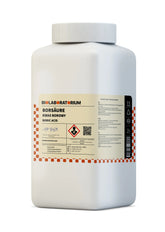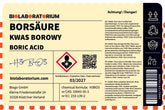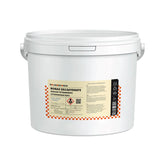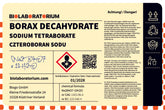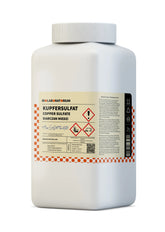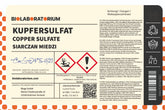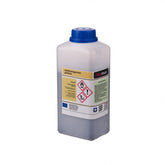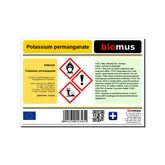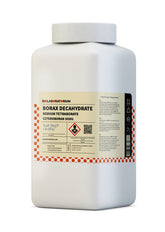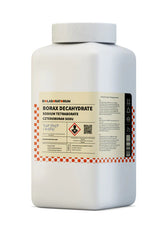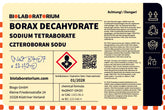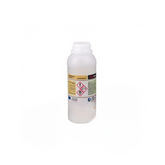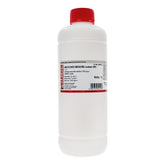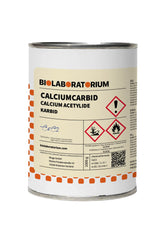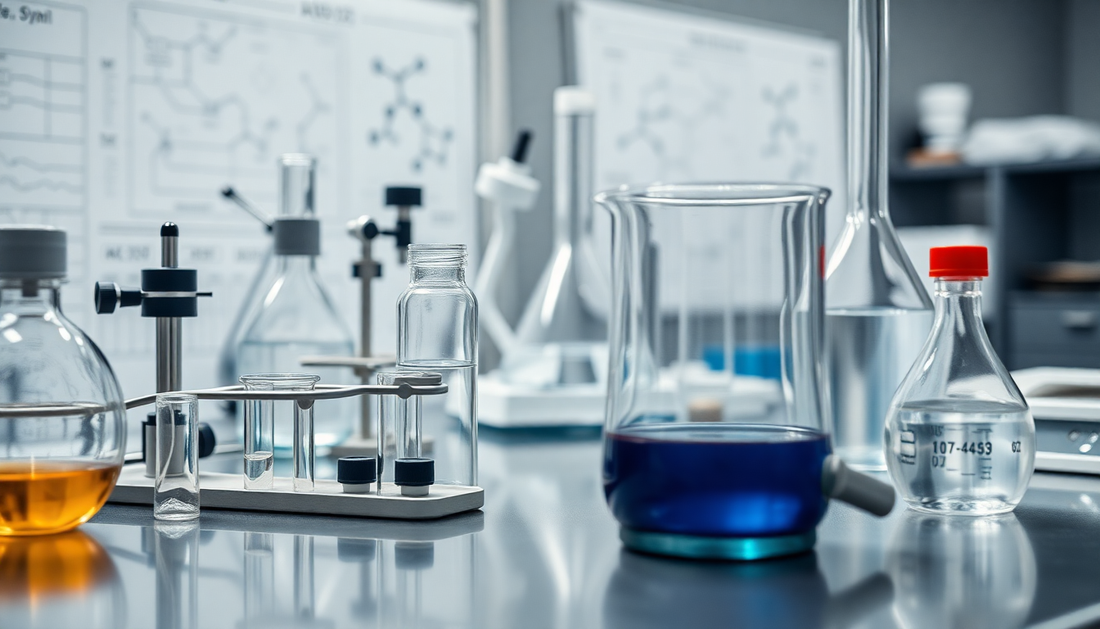Liebermann reagent: Versatile tool in chemical analysis
The Liebermann reagent is an important tool in chemical analysis. It is widely used for the qualitative identification of various organic compounds. In this blog post, we will take a closer look at the composition, properties, and analytical applications of this reagent.
Composition and Preparation of the Liebermann Reagent
The Liebermann reagent is a mixture of concentrated sulfuric acid (H₂SO₄) and acetic anhydride (CH₃CO)₂O. The exact composition can vary, but typically a 1:1 volume ratio is used.
To prepare the reagent, concentrated sulfuric acid is carefully added to acetic anhydride under cooling. Extreme caution is required as the reaction is highly exothermic and splashing must be avoided. The finished reagent is a colorless to slightly yellowish liquid.
Properties and Reaction Mechanism
The Liebermann reagent is a strong oxidizing agent and also acts as a dehydrating agent. It reacts with a wide variety of organic compounds to form characteristic colored complexes.
The reaction mechanism can be simplified as follows:
- Acetic anhydride reacts with water to form acetic acid, releasing protons.
- These protons can now react with the organic compound under investigation and activate it.
- Subsequently, oxidation and/or dehydration occurs, leading to colored products.
The exact reaction steps depend on the character of the starting compound and can vary depending on the substance class.
Analytical Applications of Liebermann's Reagent
Liebermann's reagent finds diverse applications in qualitative chemical analysis. Some examples are:
Identification of Phenols and Phenol Derivatives
Phenols and phenol-containing compounds such as phenols, naphthols, or anthraquinones react with Liebermann's reagent to form intensely colored products. The colors range from blue through green to red, depending on the substitution pattern of the phenols.
Detection of Steroids
Many steroid compounds, such as cholesterol, cortisone, or testosterone, can be detected using Liebermann's reagent. A characteristic blue-green coloration is produced in the process.
Identification of Alkaloids
Alkaloids, a class of nitrogen-containing, heterocyclic natural products, can also be identified by reaction with Liebermann's reagent. Depending on the alkaloid structure, violet, red, or brown colorations are produced.
Testing for Adulterations
Liebermann's reagent can also be used to detect adulterations or impurities in samples. Unexpected color reactions may indicate the presence of foreign substances.
Quantitative Determinations
In addition to qualitative detection, Liebermann's reagent can also be used for quantitative determinations. By measuring color intensity, the content of certain substance classes, such as phenols or steroids, can be determined photometrically.
Handling and Safety Aspects
As mentioned earlier, extreme caution is required when preparing Liebermann's reagent. The chemicals used, particularly concentrated sulfuric acid, are highly reactive and can cause injuries if handled improperly.
The prepared reagent must always be stored protected from moisture, as water impairs its reactivity. Additionally, it should be shielded from direct sunlight, as light can also alter its properties.
When using Liebermann's reagent in analytical procedures, appropriate protective measures must be observed. Wearing lab coats, safety glasses, and gloves is mandatory. Furthermore, work should always be performed in a well-ventilated fume hood.
Conclusion
Liebermann's reagent is a versatile and powerful tool in qualitative chemical analysis. Its ability to form characteristic colored complexes with a wide range of organic compounds makes it a valuable aid in identifying and studying various classes of substances.
Despite its simplicity in handling, working with Liebermann's reagent requires special precautions due to the chemicals used. Only through careful work practices and adherence to safety regulations can the full potential of this reagent be realized in chemical practice.

